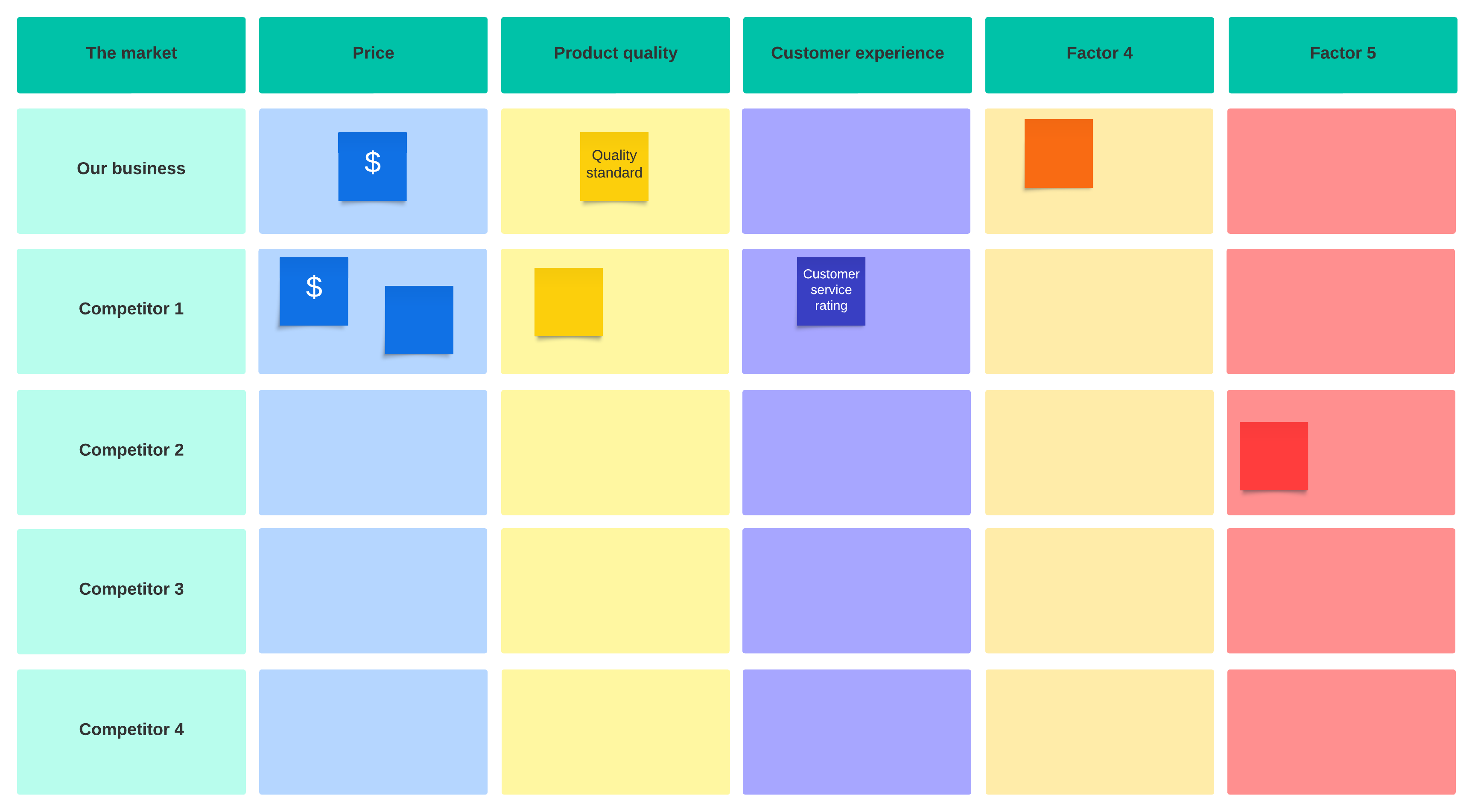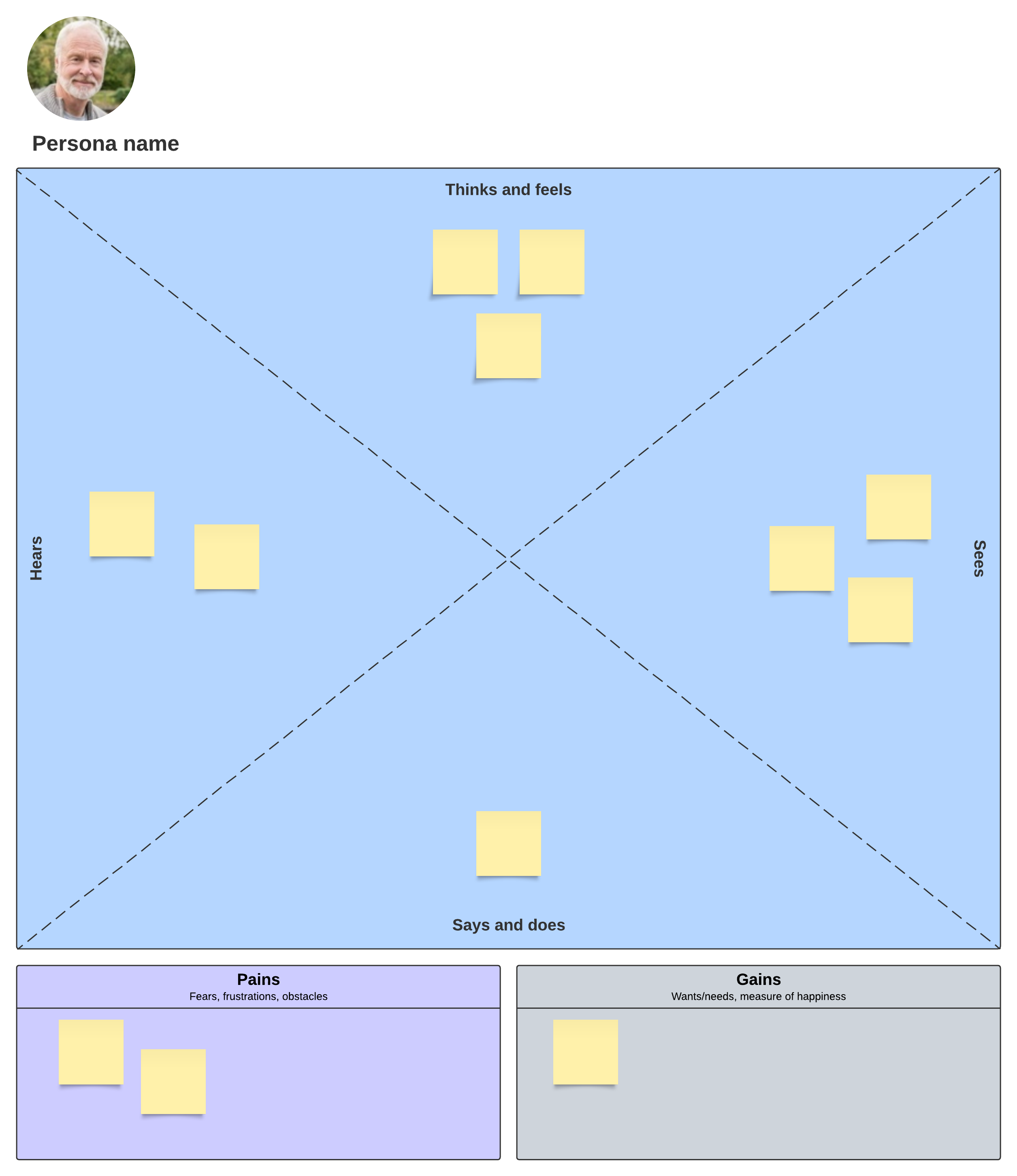
Who is your intended audience, and why does it matter?
Reading time: about 5 min
Have you ever sat down to watch an exciting action movie only to find out that it’s a gut-wrenching drama with a couple of short action sequences? You were looking forward to the adrenaline rush of car chases, shootouts, and explosions, but all you got was tissues to wipe your eyes. What happened?
There are a couple of reasons this kind of thing happens:
- The marketing team didn’t understand what the movie was about, so their campaign told a confusing or misleading story.
- The marketing team did understand what the movie was about, but they didn’t think it would draw enough people in to make any money, so they created a campaign that tried to appeal to a broader audience.
Misunderstanding your intended audience isn’t just disastrous to the movie industry—it’s important for any industry. Knowing your target audience helps you to:
- Tailor messages and marketing materials that reach the specific group that will likely buy your product.
- Develop products that align with customer needs and meet expectations.
- Allocate resources from your marketing team to the audiences they understand and work well with.
- Build better customer relationships as your teams develop a deeper understanding of their intended audience's needs, motivations, and pain points.
Who is the intended audience?
An intended or target audience is the group or individuals you want to market your product and services to. These are generally the people who are most likely to purchase your products.
The intended audience can be part of a broad demographic, such as children, or it can be more specific, such as children aged 11-14 who will attend middle school this year. Other factors like gender, location, cultural background, hobbies, and interests can help you focus on the type of products to develop and the proper channels to get your message out.
Intended audience vs. target market
The terms intended audience and target market are related, but they are also a little different.
Your intended audience is the specific group of people that your marketing campaign and products are designed to reach. The target market is the entire group of people you want to sell your products and services to. This market can include people who share interests, live in similar locations, and purchase the same type of products.
The intended audience is a smaller subset of the larger target market. The target market can include several different target audiences. For example, if you are selling backpacks for school, your target market is all school-age children from kindergarten to 12th grade. Within that target market, you will have different target audiences, such as middle school boys, girls, high school students, etc.
How to define your intended audience
There are several different ways you can identify your intended audience. The following tips can help you understand who you want to market your products to.
Define your goals
You should start by stating what your goals are. Do you want to promote a product? Are you just communicating some updated information? Do you want to influence consumer behavior? Defining your audience is difficult if you don’t understand what you are trying to do. When you know your goals, it’s easier to start seeing the potential audience that aligns with them.

Research the market
Research to understand the market. Who are your competitors? Where are they successful, and where are there gaps that you can fill? A thorough look at your competitors and current market trends can help you gain insight into your potential customers. Look at demographics and consumer behavior. Conduct focus groups and send out surveys. This will enable you to gather information to help you address customer needs, expectations, and pain points.

Analyze your existing customers
The characteristics and demographics of your current customers can tell you a lot about the type of audience you want to target. Analyze common traits, interests, habits, expectations, and more to understand how and why people use your products. This makes it easier to describe the type of person who will likely be interested in what you have to offer.

Gather social media and web data
Look at the data gathered about the people who follow your brand on social media and interact with your websites. This can give you valuable information about the demographics, interests, and attitudes of the people who engage with your online platforms.
Create user personas
Create a profile of your ideal customer based on your market research and data analysis. These personas should help you visualize your intended audience as you tell the story of who they are, including age, gender, education level, occupation, interests, challenges, and more.
Use our user persona template to create a story about the customer you want to sell your products to. This will help you develop messages and marketing campaigns that resonate with the right target audience.
Review and refine
Your intended audience probably won’t remain static. Interests and attitudes can change, so you must continue interacting with and gathering data from your intended audience. When you understand how your target audience evolves, you can refine your product development and marketing strategies more efficiently to ensure you give them what they need.
Understanding what the customers need and expect helps your development teams create better products. You build a better customer relationship by aligning your marketing strategies and products with customer needs. This allows you to grow your business and have a competitive edge in your market.

Explore how Lucidspark can help simplify your product development process.
Learn moreAbout Lucidspark
Lucidspark, a cloud-based virtual whiteboard, is a core component of Lucid Software's Visual Collaboration Suite. This cutting-edge digital canvas brings teams together to brainstorm, collaborate, and consolidate collective thinking into actionable next steps—all in real time. Lucid is proud to serve top businesses around the world, including customers such as Google, GE, and NBC Universal, and 99% of the Fortune 500. Lucid partners with industry leaders, including Google, Atlassian, and Microsoft. Since its founding, Lucid has received numerous awards for its products, business, and workplace culture. For more information, visit lucidspark.com.
Related articles
Product design vs UX design: What’s the difference?
In this blog post, we will explore the differences between product design and UX design, and the tools used for each.
